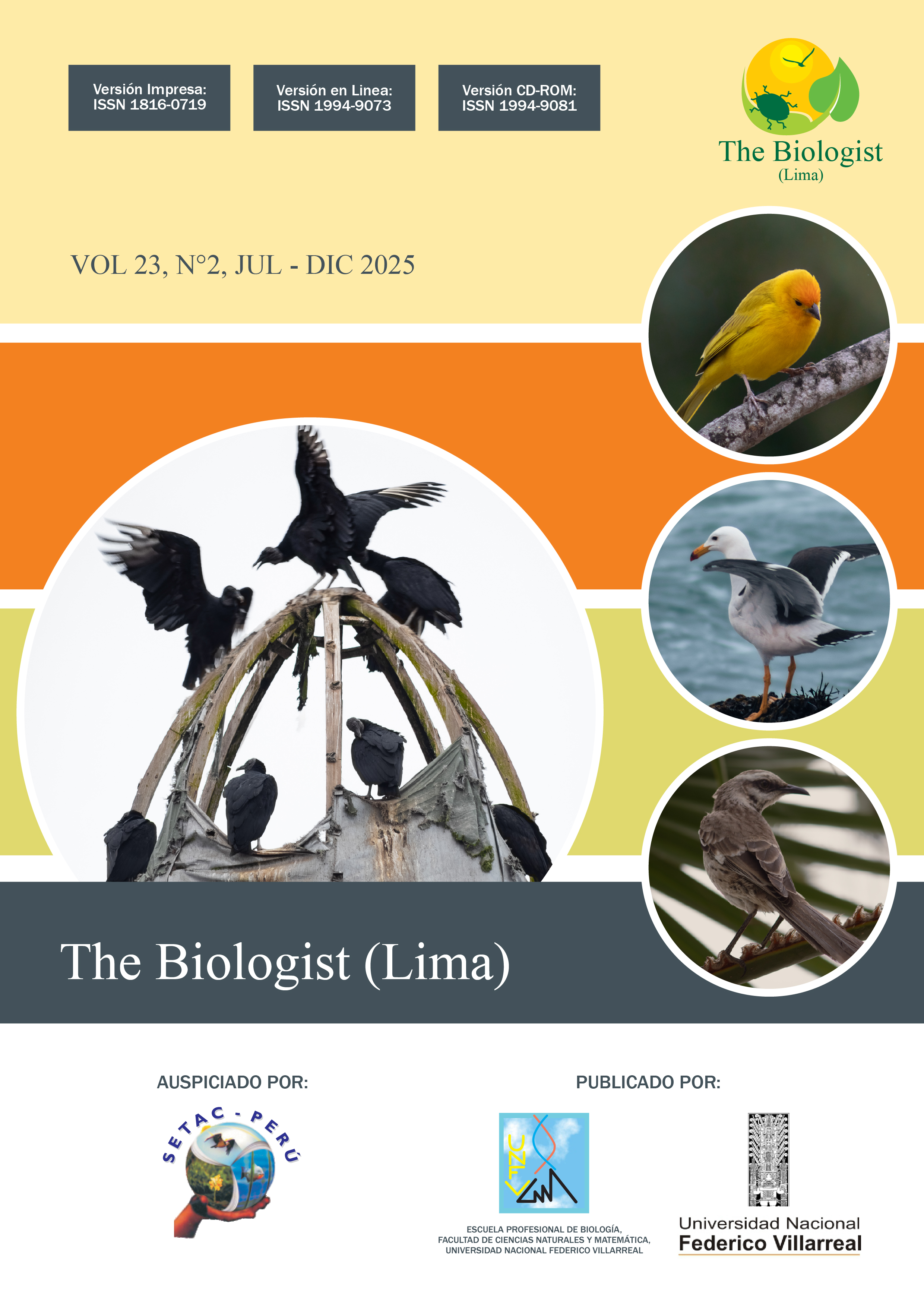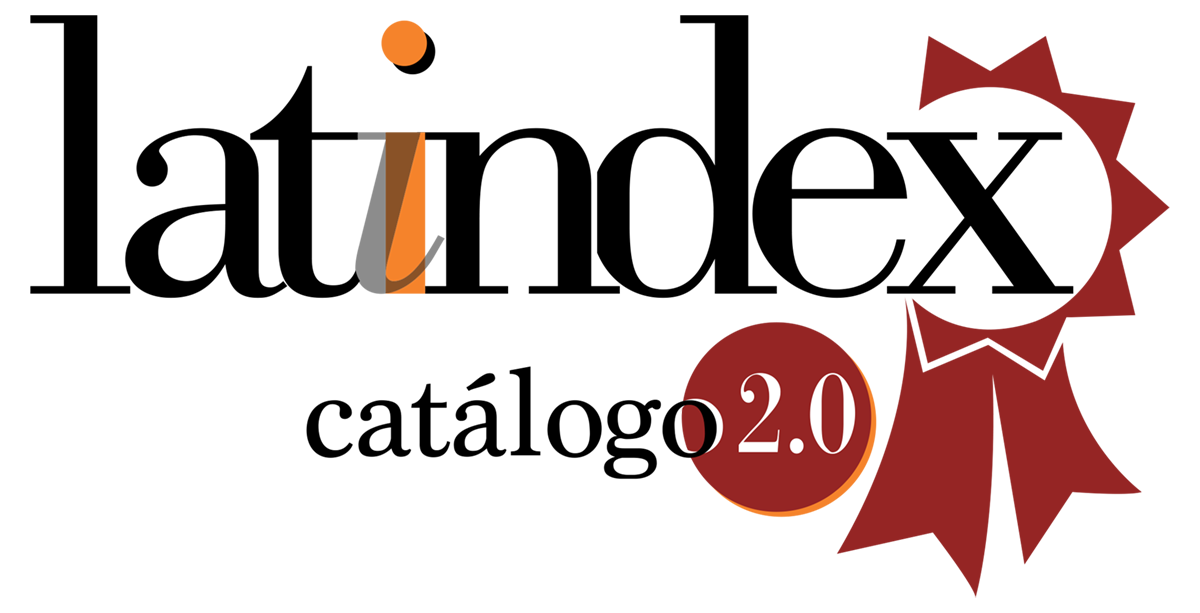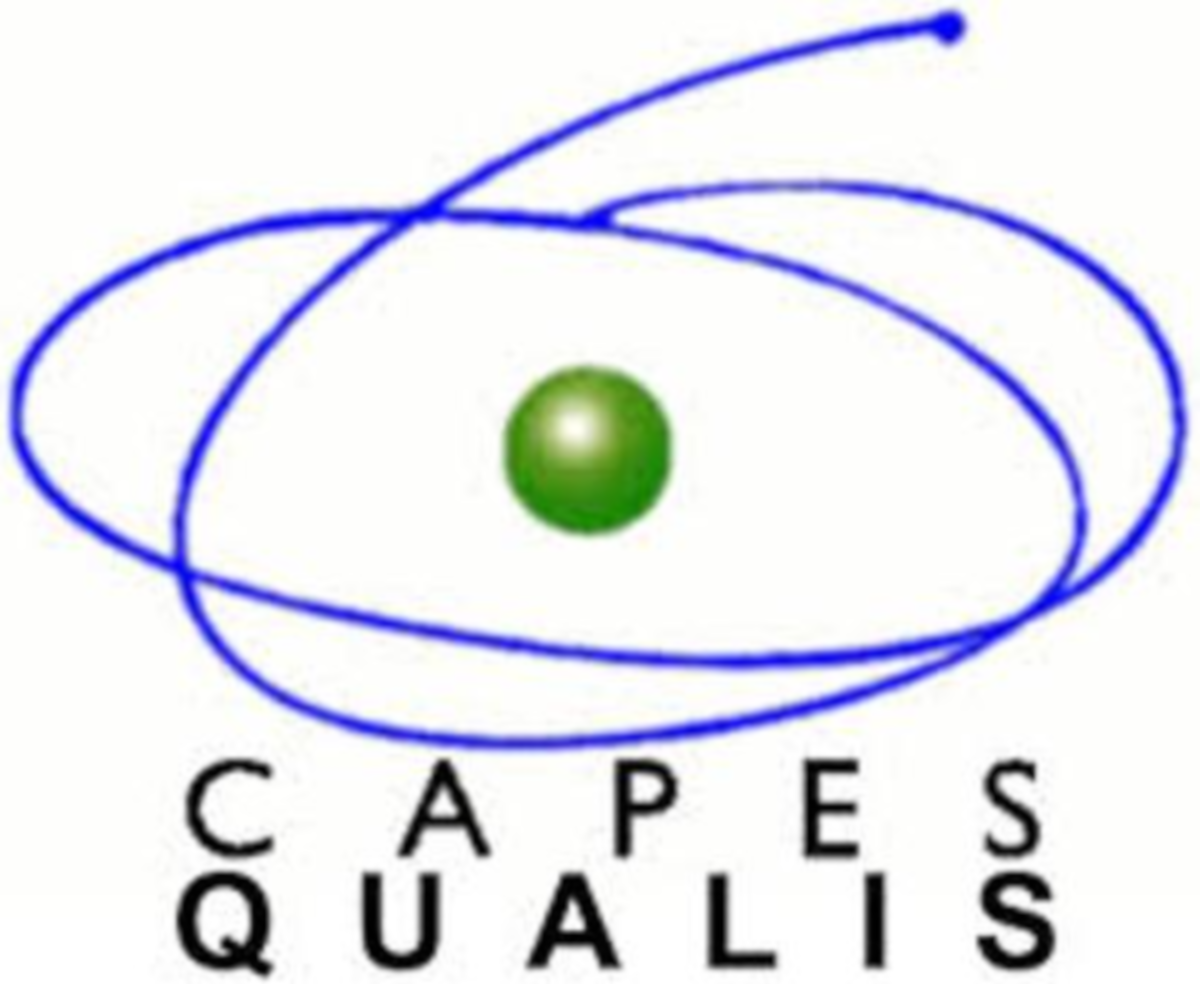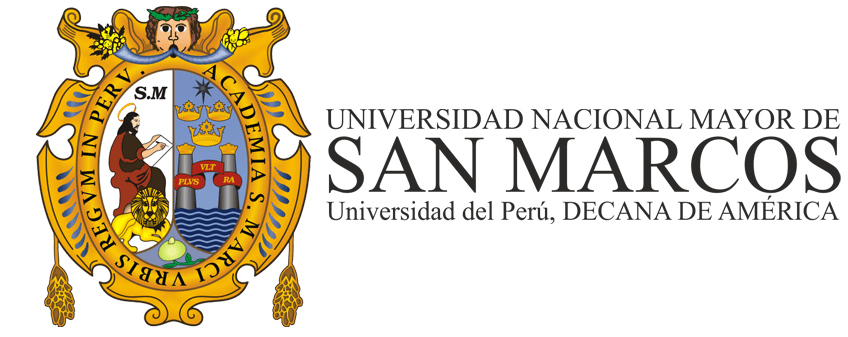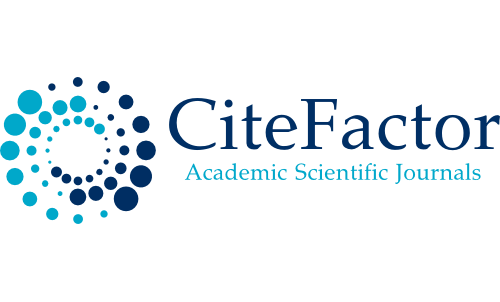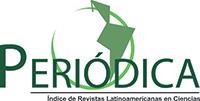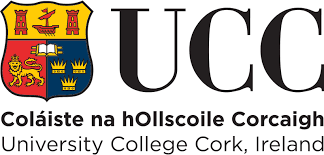Arthropofauna diversity along an andean altitudinal gradient of Peru
DOI:
https://doi.org/10.62430/rtb20252322045Keywords:
Arthropods, altitudinal gradient, diversity indices, samplingAbstract
The study of arthropod diversity in altitudinal gradients provides information on the state of an ecosystem affected by various environmental impacts. In the Andes of Peru, the Twin Lagoons are located in the province of Huarochirí, district of Matucana and annex of Marachanca, Lima, Peru at 3500 meters above sea level. The objective of the present investigation was to evaluate the diversity of arthropofauna in five points along an Andean altitudinal gradient of Peru between 2500 to 3500 meters above sea level, Huarochiri, Perú, between August and September 2022. The four types Sampling methods for collecting arthropod fauna were: manual type, entomological net, yellow traps (pantraps) and pitfall (necrotrap) during four biweekly field trips. The total number of morphospecies found was 32 with 165 individuals, the Cicadellinae sp2 morphotype was the most abundant, followed by Cicadellinae sp3. The trophic guilds presented the following sequence of importance from highest to lowest: predator (43.75%) > phytophagous (25%) > pollinator (21.86%) > omnivore (3.13%) = detritivore (3.13%) = parasitoid (3.13%). The point of highest altitude presented the highest values for four alpha diversity indices: number of individuals of the arthropofauna, Shannon-Wienner (H`), richness of Margalef, Chao-1 and Chao-2 in comparison to the other four points of sampling. The altitudinal gradient towards the Twin Lagoons of Orcococha was only found positively associated with the Chao-1 and Chao-2 indices, which shows a greater estimated abundance at 3500 meters above sea level. The beta diversity indices of qualitative (Jaccard) and quantitative (Bray-Curtis) similarity show an absence of a pattern with the altitudinal gradient between the arthropofauna sampling points.
Downloads
Downloads
Published
How to Cite
Issue
Section
License

This work is licensed under a Creative Commons Attribution-NonCommercial-NoDerivatives 4.0 International License.
Objeto: El AUTOR-CEDENTE transfiere de manera TOTAL Y SIN LIMITACIÓN alguna al CESIONARIO (Revista The Biologist (Lima)) los derechos patrimoniales que le corresponden sobre sus obras por el tiempo que establezca la ley internacional. En virtud de lo anterior, se entiende que el CESIONARIO adquiere el derecho de reproducción en todas sus modalidades, incluso para inclusión audiovisual; el derecho de transformación o adaptación, comunicación pública, traducción, distribución y, en general, cualquier tipo de explotación que de las obras se pueda realizar por cualquier medio conocido o por conocer en el territorio nacional o internacional.
Remuneración: La cesión de los derechos patrimoniales de autor que mediante este contrato se hace será a título gratuito.
Condiciones y legitimidad de los derechos: El AUTOR-CEDENTE garantiza que es propietario integral de los derechos de explotación de la(s) obra(s) y en consecuencia garantiza que puede contratar y transferir los derechos aquí cedidos sin ningún tipo de limitación por no tener ningún tipo de gravamen, limitación o disposición. En todo caso, responderá por cualquier reclamo que en materia de derecho de autor se pueda presentar, exonerando de cualquier responsabilidad al CESIONARIO.
Licencia de acceso abierto: El AUTOR-CEDENTE autoriza que manuscrito publicado en la Revista Científica The Biologist (Lima) (versión Impresa ISSN 1816-0719, versión en línea ISSN 1994-9073) permanece disponible para su consulta pública en el sitio web http://revistas.unfv.edu.pe/index.php/rtb/index y en los diferentes sistemas de indexación y bases de datos en las que la revista tiene visibilidad, bajo la licencia Creative Commons, en la modalidad Reconocimiento-No comercial- Sin Trabajos derivados –aprobada en Perú, y por lo tanto son de acceso abierto. De ahí que los autores dan, sin derecho a retribución económica, a la Escuela Profesional de Biología, Facultad de Ciencias Naturales y Matemática de la Universidad Nacional Federico Villarreal (EPB - FCCNM - UNFV), los derechos de autor para la edición y reproducción a través de diferentes medios de difusión.

